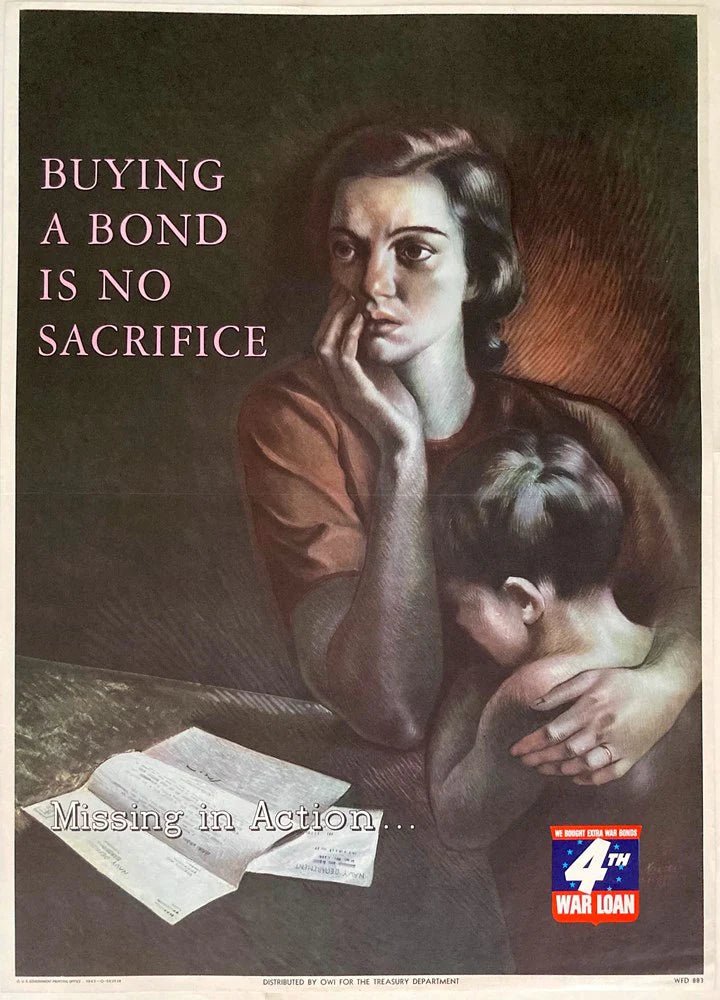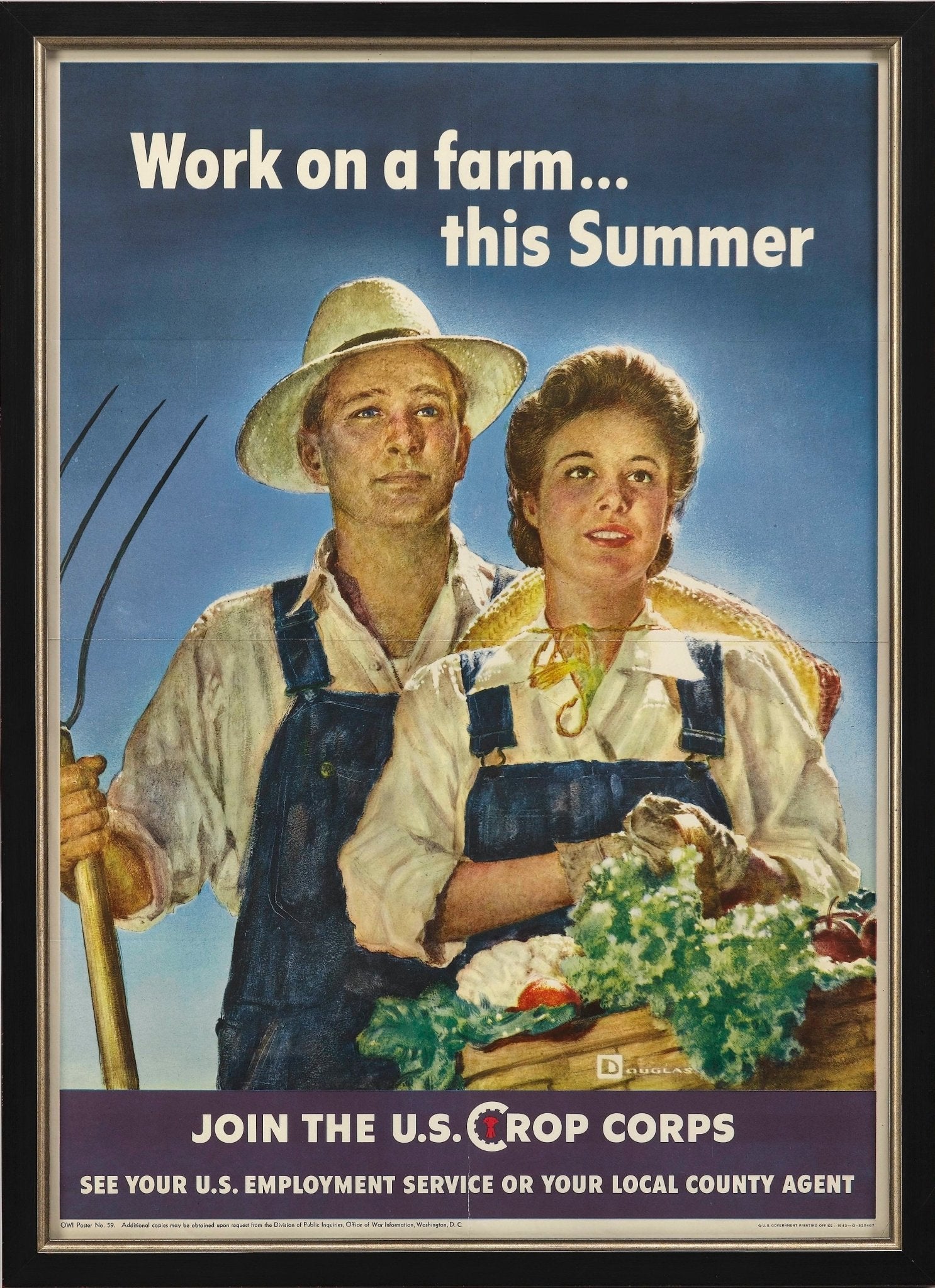Everybody, Every Payday: Collecting WWII Payroll Savings Bond Posters
During WWII, the government received funding directly from United States citizens in the form of war saving bonds and stamps, which were paid back later with interest. The Payroll Savings Plan was the backbone of the WWII savings and bond sales effort. Employees could authorize a certain allotment from each paycheck to be saved towards the purchase of a war savings bond and the employer would deliver the bond out of the designated savings from his paycheck.
The slogan for the program was "everybody, every payday." It became a universal way of life for business, industry, and the government during the war, with massive drives enrolling millions of workers and supplying the major source of war bond sales.
There was an outpouring of poster art on both the local and national levels for Payroll Saving Plan programs. These posters created a national ethic of collective thrift for the greater good, and positioned “saving” as in the service of democracy. The program also allowed for the participation of all sectors of the American public in the war effort, no matter their age or economic status.
The WWII loan and bond posters are collected today for many reasons. Collectors love to own examples of patriotic ephemera, as well as early examples of mid-century advertising. Others are collected for the specific artist who illustrated them. And some are collected just for their visuals alone- as the posters are always colorful, dynamic, and eye catching.
You can explore our full selection of WWII posters online or in shop during this month’s WWII exhibit at the Broadmoor. As always, we are here to help you find the perfect poster for your own collection.








